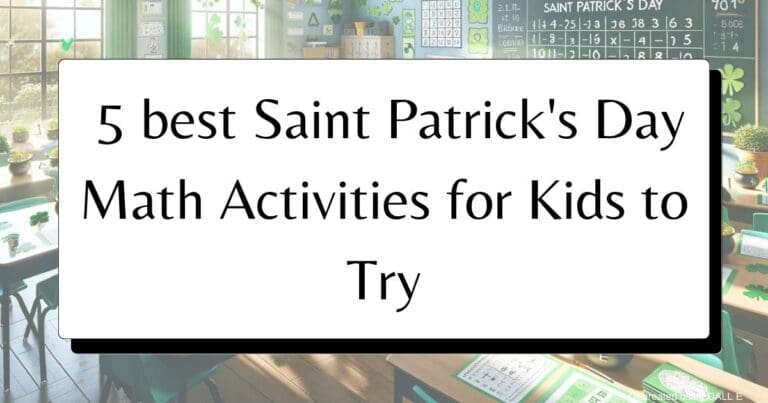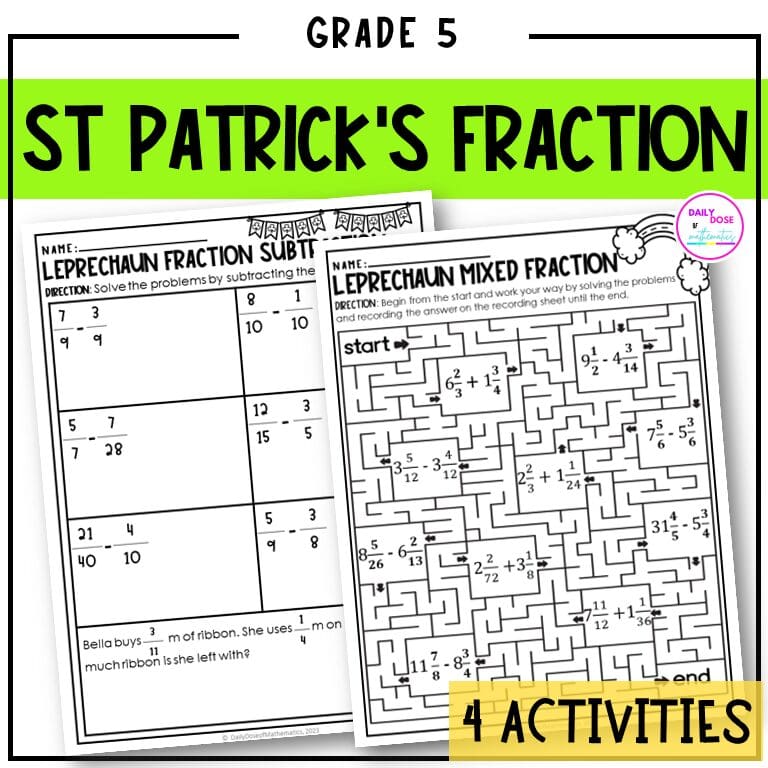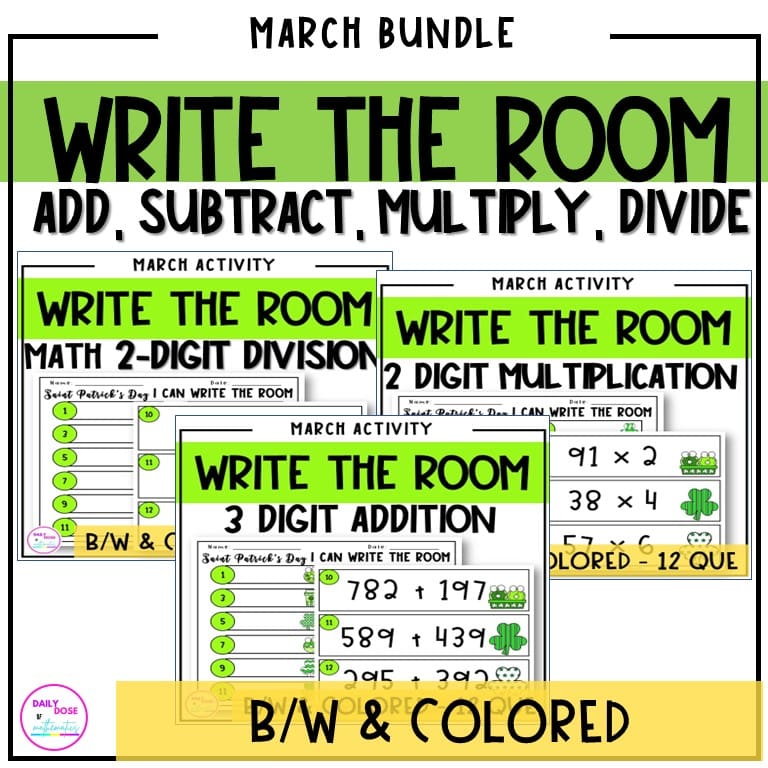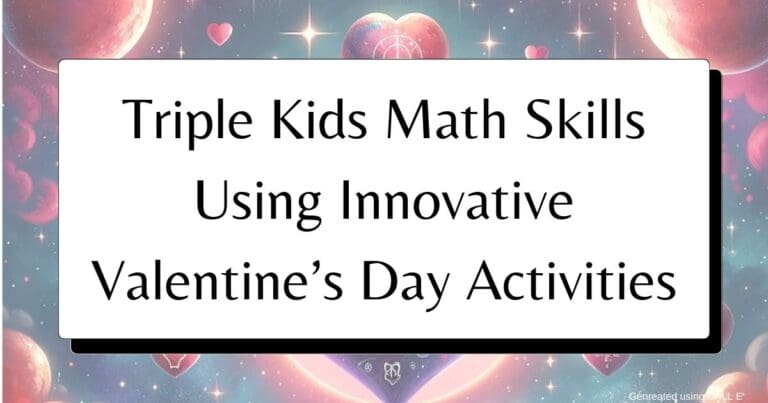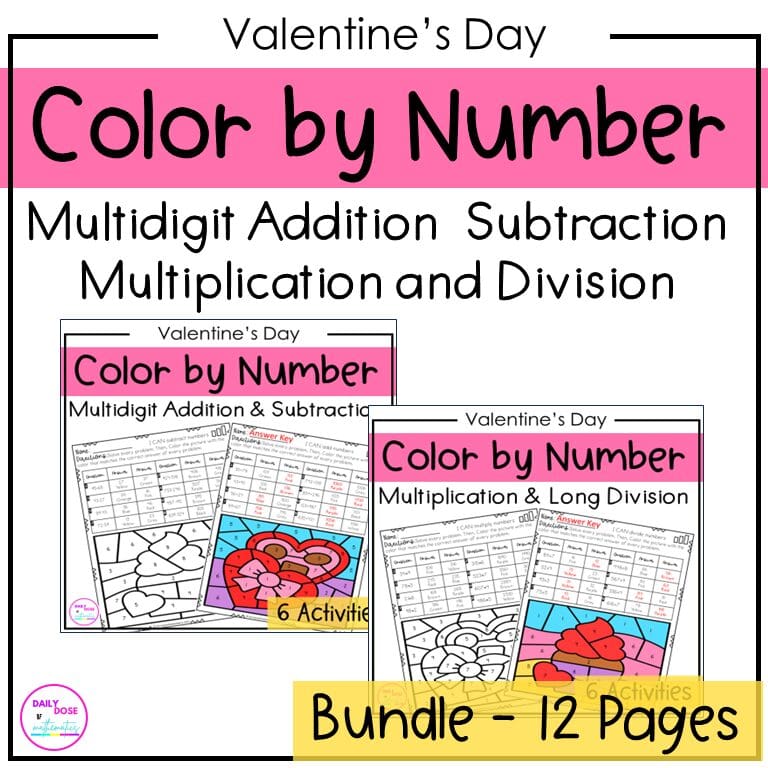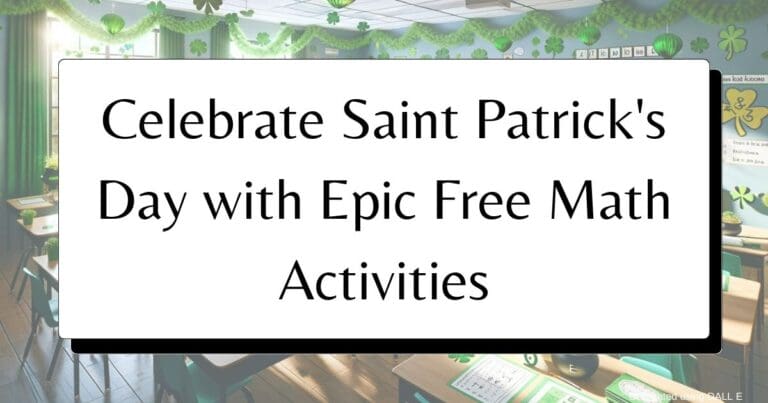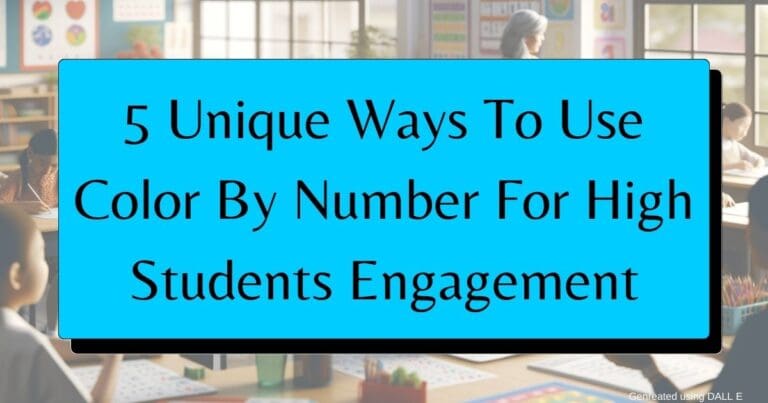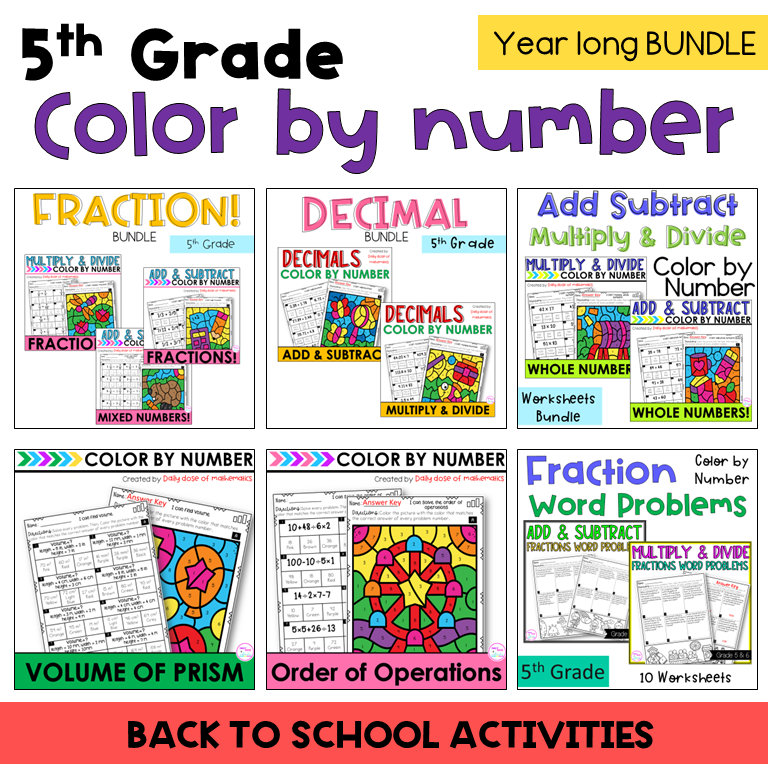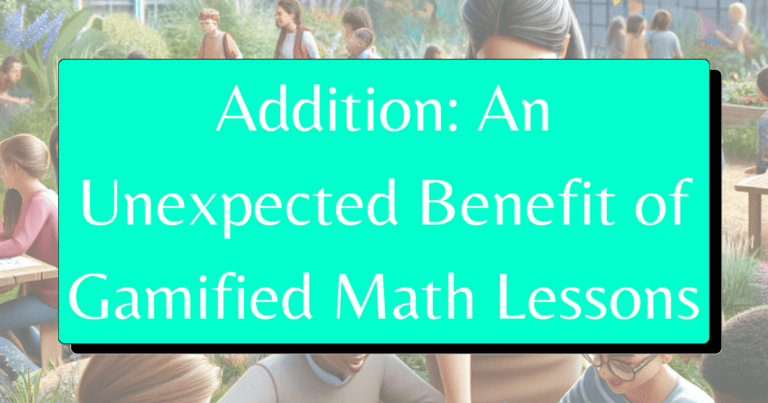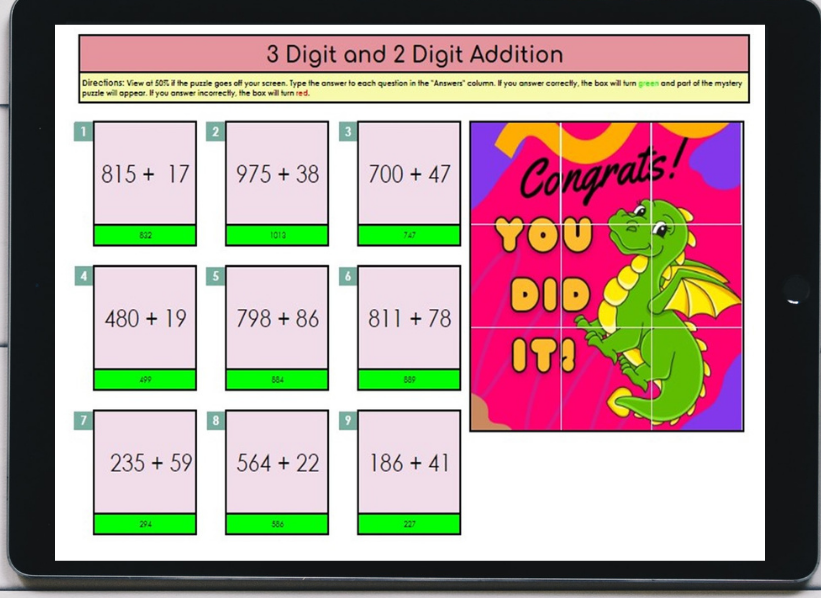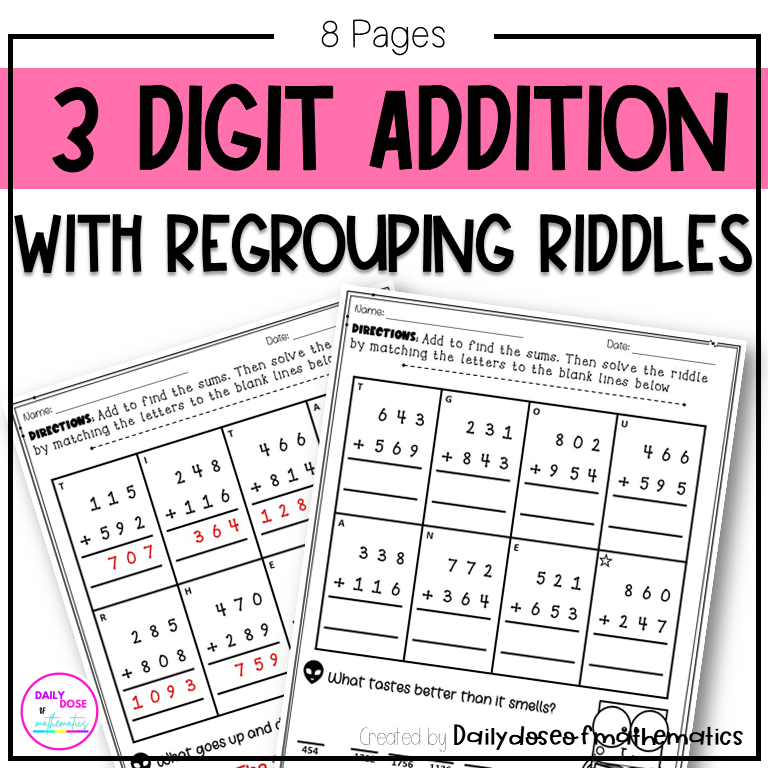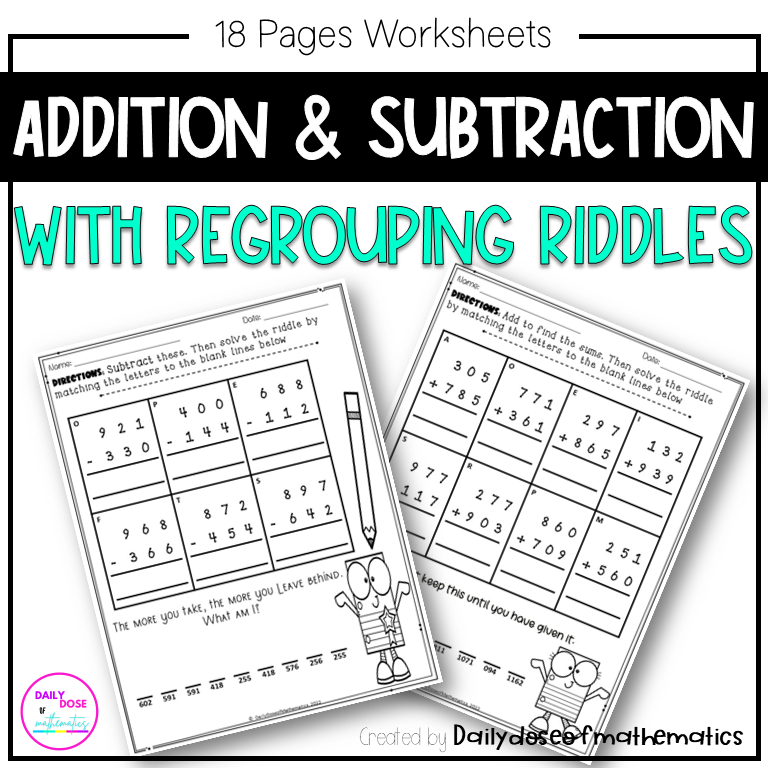5 best Saint Patrick’s Day math activities for kids to try this year!
Woohoo! Are you ready to shamROCK your math lessons this Saint Patrick’s Day? Get ready to sprinkle some leprechaun magic into your maths classroom with these 5 best Saint Patrick’s Day math activities for kids!
We’re talking about turning your ordinary math session into a pot of gold-filled adventure, complete with colors, word searching, and plenty of math mischief. So grab your greenest gear to explore through some math-tastic fun on Saint Pattys Day!
Saint Patrick’s Day Fractions Operations Worksheets with Word Problems
Introducing you the blast of fun education with which your upper elementary students dive into a world where every word problem is a clue, leading them closer to uncovering the mysteries of fractions.
Whether they’re asked to solve addition and subtraction of fractions, these worksheets will keep them engaged, challenged, and entertained throughout their math journey.
But wait, there’s more! This worksheet pack is best equipped with so much more fun with word search and coloring opportunities. This is not only to reinforce their fraction skills but also to enhance their imagination and love for math.
So, what are you waiting for? Grab your Saint Patricks Day math activities for 5th grade!
Saint Patrick’s Day Multidigit Addition Subtraction Multiplication Division Coloring
Get ready to add a splash of color to your Saint Patrick’s Day math lessons with our Saint Patrick’s Day Multidigit Addition, Subtraction, Multiplication, and Division Coloring activity pack!
Who says math has to be dull and dreary? With these vibrant worksheets, your 5th-grade students will be diving into a world of mathematical mysteries while discovering their inner artists. Making them able to solve multidigit addition, subtraction, multiplication, and division problems, means to internalize the fraction operations creatively.
But the fun doesn’t stop there! Not only will they be honing their math skills, but they’ll also be exercising their imagination and attention to detail. With Saint Patricks day math color by number, they’ll be one step closer to discovering the secret treasures hidden within each worksheet.
So, why settle for ordinary math practice when you can add a splash of Saint Patrick’s Day magic to your lessons? Let’s make math fun, engaging, and unforgettable with these magical worksheets!
Saint Patrick Solve The Room Decimal Addition Subtract Multiply Divide Activity
With Decimal Addition Subtract Multiply Divide Solve The Room Saint Patrick Day Activity, we Call all 5th-grade math detectives—it’s time to put your problem-solving skills to the test in this thrilling, shamrock-filled adventure.
Not only will they be sharpening your decimal arithmetic skills, but they’ll also be up on their feet, moving from task card to task card like true math adventurers. It’s a dynamic, interactive way to engage with math that’ll have your students buzzing with excitement from start to finish.
And the best part? As the students crack each code and conquer each challenge, they’ll be one step closer to the ultimate prize—a sense of accomplishment and mastery over decimals that’ll leave them feeling like true math wizards.
So, are you ready to turn your classroom into a Saint Patrick’s Day math maze? Let’s make learning decimals an unforgettable adventure with our Decimal Addition, Subtraction, Multiplication, and Division Solve The Room St. Patrick’s Day Activity!
Decimal Addition Subtract Multiply Divide Saint Patrick Day Fun Activities
Are you feeling excited to make the learning active and more engaging? Here’s the time when the Saint Patricks day math decimal operations worksheet comes into use!
As the students navigate the room and solve each challenge, they’ll be engaging in active learning, moving, and collaborating with their fellow math adventurers. It’s a dynamic, hands-on approach to math that’ll have them on the edge of their seats and eager to conquer each new challenge.
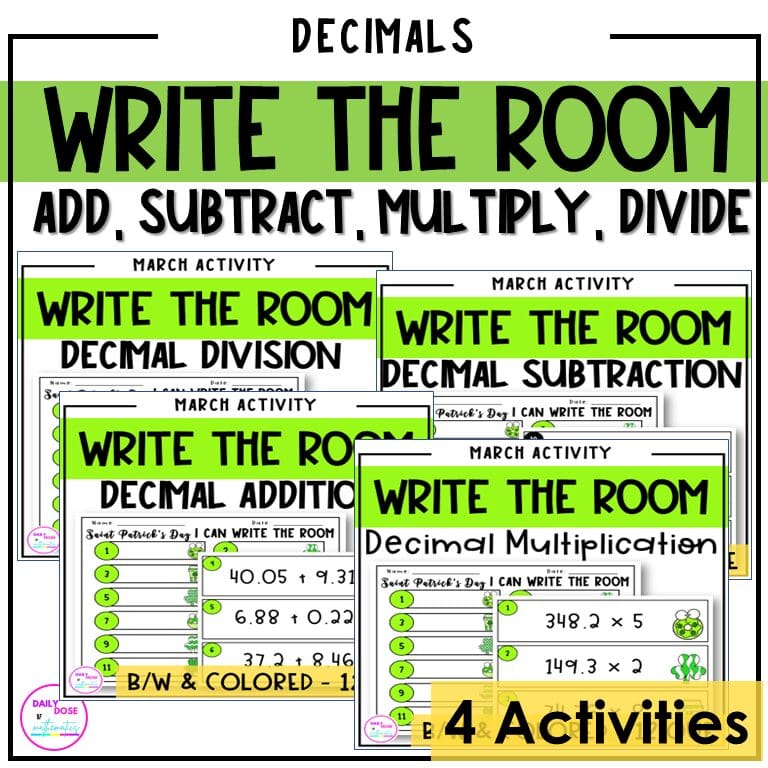
And the best part? Not only will they be honing their decimal arithmetic skills, but they’ll also be enriching themselves in the spirit of Saint. Patrick’s Day is surrounded by the magic and mystery of Irish folklore.
So, are you ready to turn your classroom into a math-filled treasure hunt this St. Patrick’s Day? Let’s make learning decimals an adventure to remember with our Decimal Addition, Subtraction, Multiplication, and Division Saint Patricks day math decimal operations worksheet!
Saint Patrick’s Day Adding and Subtracting Fractions Word Problems
Are you looking to make fractions more fun and engaging for your 5th-grade students this Saint Patrick’s Day? Look no further! Our worksheets are designed to turn ordinary fraction practice into an exciting adventure filled with puzzles for word problems to make students excited to search for answers for operations.
Each worksheet is packed with word problems that will challenge your students to add and subtract fractions while unraveling the mysteries of Saint Patrick’s Day. From dividing up pots of gold to sharing lucky charms with mischievous leprechauns, every problem is a chance for your students to flex their fraction skills in a fun and meaningful way.
But that’s not all! Our worksheets are also designed to boost critical thinking and problem-solving skills as students decipher word problems and apply their fraction knowledge to find solutions. It’s a fantastic way to reinforce math concepts while immersing your class in the magic of Saint Patrick’s Day.
So, are you ready Saint patricks day word search activities? Let’s make adding and subtracting fractions a festive and unforgettable experience!
And there you have it, folks—5 shamrockin’ Saint Patrick’s Day math Fraction operations activities to add a pinch of magic to your classroom festivities!
Whether you’re counting gold coins, graphing leprechaun preferences, or solving rainbow fractions, these math-tastic adventures are sure to make your celebration unforgettable.
Want something fun and free to use in your class check this Free Saint Patty’s day activities!
So, don your greenest attire, grab a handful of lucky charms, and let the math mischief begin! May the luck of the Irish be with you all year round!

